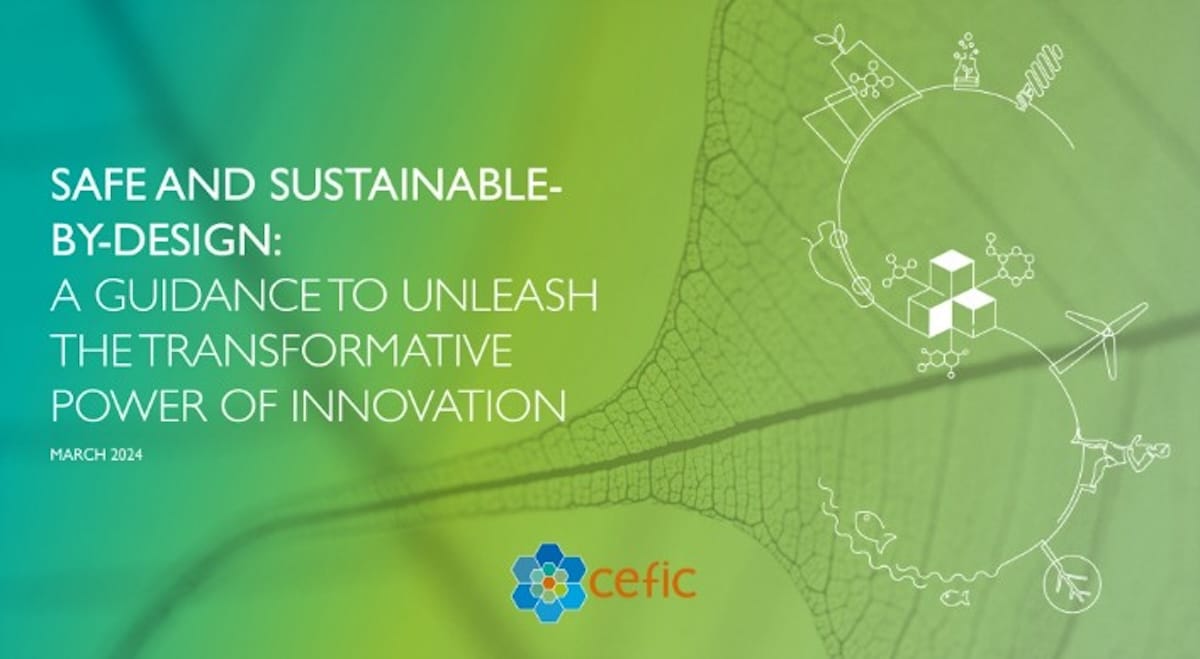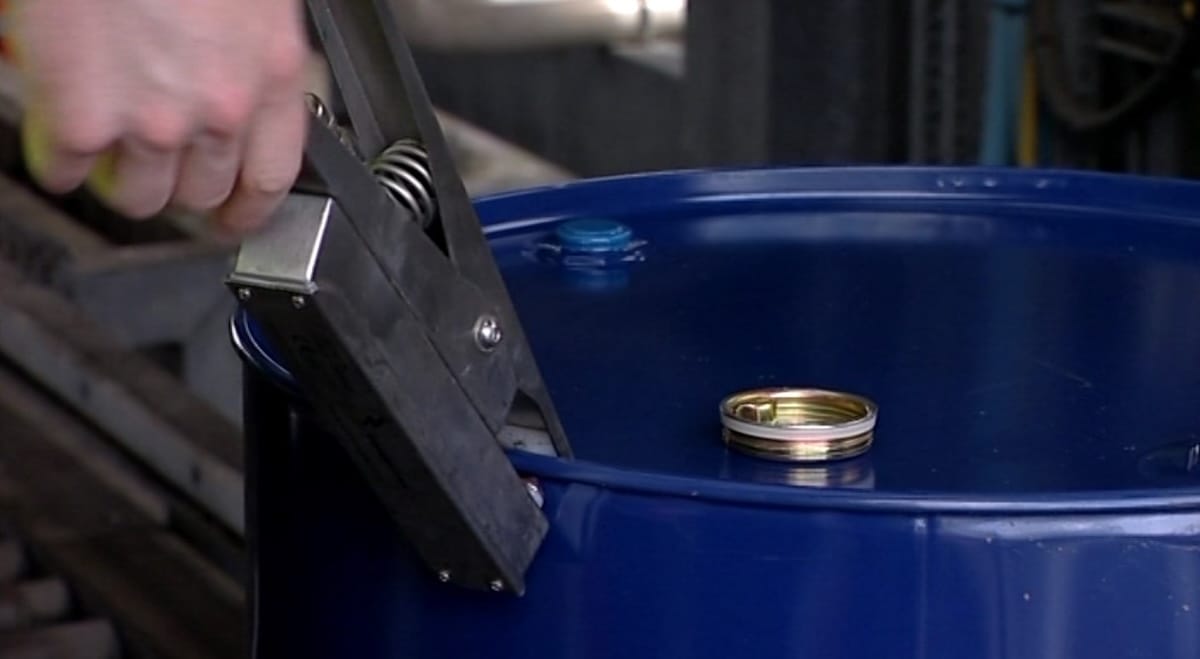Product Stewardship
Driving Innovation: Cefic Updates on Safe and Sustainable by Design Initiative
Latest Developments Shared at ESIG Product Stewardship Meeting
At a recent ESIG Product Stewardship Meeting, Sophie Wilmet, Innovation Manager at Cefic, shared the latest developments on the EU’s Safe and Sustainable by Design (SSbD) initiative. This initiative is a cornerstone of the Chemical Strategy for Sustainability (CSS) launched in 2020.
Guiding Innovation Towards Sustainability
The SSbD initiative aims to guide innovation toward safer, more sustainable chemicals and materials from the earliest stages of design. The framework, developed by the Joint Research Centre (JRC), incorporates hazard assessment, safety in production, use-phase analysis, and environmental impact over the full life cycle. Notably, a socio-economic component is still being developed to complement the technical assessments.
Active Engagement and Contributions
Cefic remains actively engaged in the initiative, contributing valuable insights to both the European Commission and the JRC. Their focus has been on integrating socio-economic evaluations and advocating for more streamlined, practical approaches to the framework.
Looking Ahead: Expanding Efforts
Looking ahead, the SSbD initiative will expand its efforts through enhanced knowledge exchange, increased expert engagement, and strengthened cross-sector networking. These efforts are expected to reinforce SSbD as a key enabler of sustainable innovation within the European chemical sector.
ESIG Updates Solvents’ Life Cycle Inventory Datasets with Two New Ecoprofile Reports
ESIG has updated its Life Cycle Inventory Datasets webpage with two newly released 2024 Ecoprofile reports, providing essential environmental data for solvent users and downstream industries.
Why it matters: These reports support companies in calculating their Product and Organisation Environmental Footprints (PEF/OEF), enabling informed, sustainable decisions along the value chain.
New in 2024:
• Hydrocarbon Solvents: Ecoprofile for Category 1 & 2 (C9–C12 Aromatics)
• Oxygenated Solvents: Ecoprofile for n-Butyl Acetate
With accurate and current data, these updates contribute to greater transparency and alignment with Green Deal goals.

Protecting Workers – New Guidelines for Respiratory Safety When Using Solvents
Our partner, the European Safety Federation (ESF), has developed new Best Practice Guidelines for Respiratory Protection when working with solvents. This guidance supports companies in selecting, using, and maintaining the right respiratory protective equipment (RPE) to ensure worker health and safety.
What’s Inside
- Clear Classification of Respirator Types: The guidelines provide a detailed classification of respirator types, ranging from air-purifying units to breathing apparatus.
- Clear Classification of Respirator Types: The guidelines provide a detailed classification of respirator types, ranging from air-purifying units to breathing apparatus.
- Practical Selection Criteria: Based on solvent type and workplace risks, the guidelines offer practical criteria for selecting the appropriate RPE.
- Guidance on Fit Testing: To ensure optimal protection, the guidelines include comprehensive instructions on fit testing.
- Best Practices for Daily Use, Cleaning, and Maintenance: The guidelines outline best practices for the daily use, cleaning, and maintenance of RPE.
- Training Recommendations: Recommendations for training both users and employers are provided to ensure proper use and maintenance of RPE.
Our dedicated Product Stewardship Task Force is currently reviewing the draft to ensure it meets the highest standards. The final publication is coming soon, marking another step toward safer workplaces when handling solvents.
New Film on Static Electricity – Safety Through Understanding
Updated Educational Film on Static Electricity by SIA and ESIG
The updated educational film on static electricity, jointly produced by the Solvents Industry Association (SIA) and the European Solvents Industry Group (ESIG), will soon be finalised and available in multiple EU languages to reach a broader audience across Europe.
Film Structure
The film is structured in two key parts:
Part 1 – Understanding the Risk
This section explains how static electricity is generated and discharged, highlighting ignition risks from sources like liquid flow, turbulence, and charge accumulation.
Part 2 – Prevention in Practice
This part focuses on practical safety measures such as earthing and bonding, correct handling procedures, and the use of conductive equipment. It also stresses the importance of regular testing, maintenance, and staff training.
Purpose and Availability
This resource is designed to raise awareness and support safe handling practices in solvent-related industries. Stay tuned for the multilingual release and further tools promoting workplace safety.


